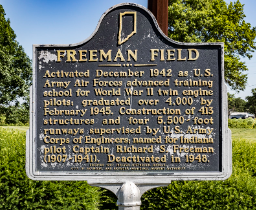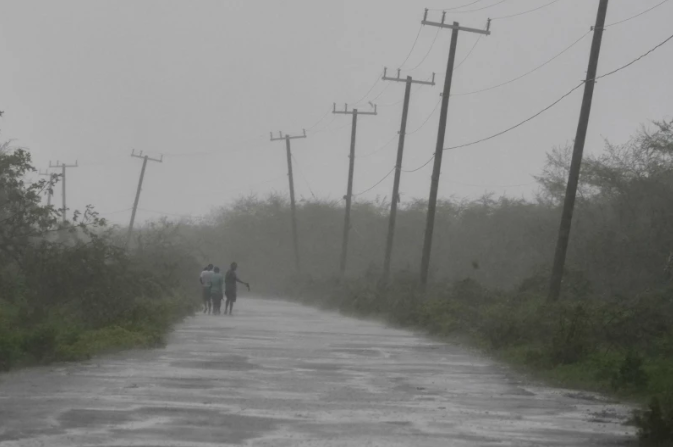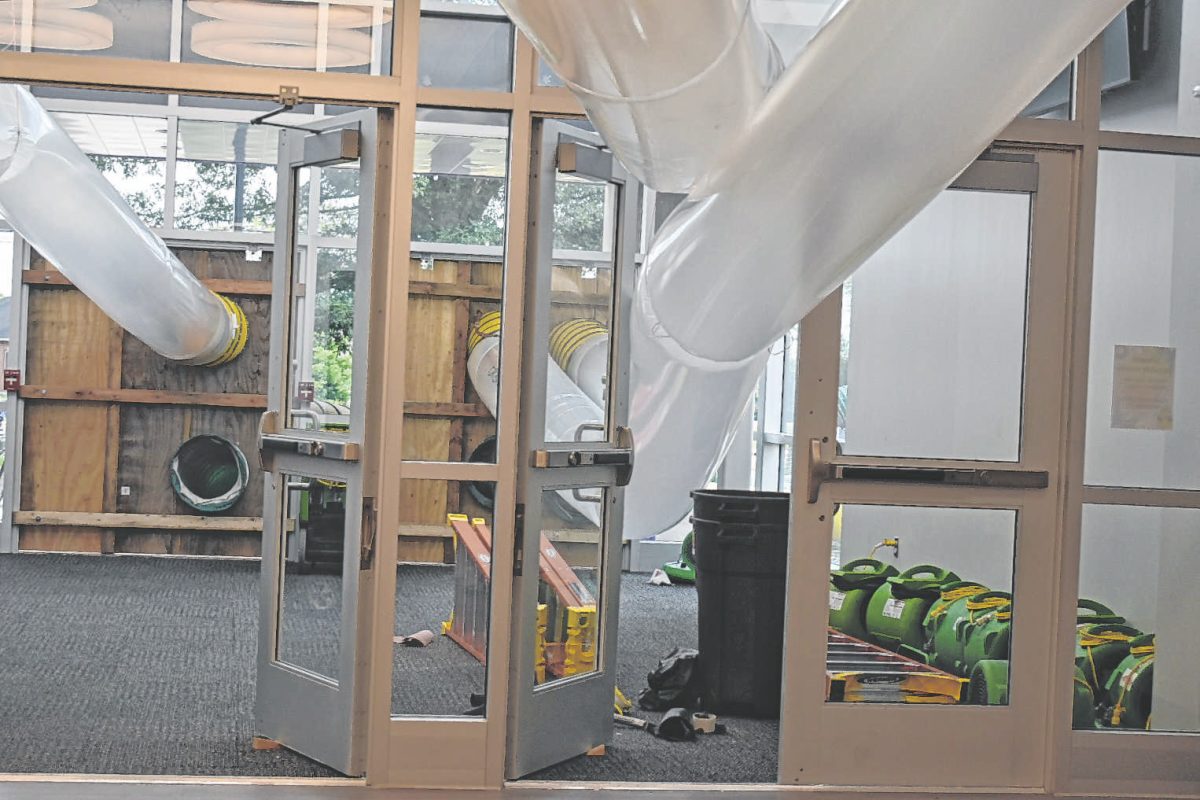Freeman Field, located in Seymour Indiana, was established in 1942 as an Army Air Force training base during World War II. Originally, it played a crucial role in preparing pilots for missions during the war. When it was over, Freeman Field was deactivated as a military site but continued to be used for aviation and eventually was transformed into a public airport. Today, known as Freeman Municipal Airport, it preserves the rich history of the site with various memorials, events, and a museum.
Freeman Field gets its iconic name from Captain Richard S. Freeman, a pilot, military officer, and graduate of the U.S. Military Academy at West Point. Though very involved in training pilots for World War II, he tragically lost his life in a plane crash in 1941. To honor his bravery and sacrifice, the army named the airfield after him when it was established in 1942.
The field is also notable for its role in advancing racial integration in the U.S. military. In 1945, African American pilots from the Tuskegee Airmen arrived at Freeman Field for training which sparked a significant event, the “Freeman Field Mutiny.” During this, several African American officers protested segregation policies by attempting to enter a club for white officers only. Their stand became a defining moment in the fight against racial segregation in the U.S. military. Today, Freeman Field remains a symbol of not only aviation history but the progress made toward equality within the armed forces.









